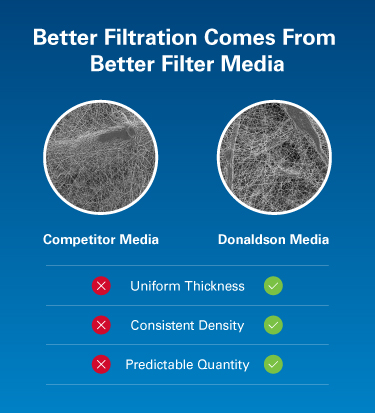
Reports coming out of Australia indicate that a consortium of interests have been formed into a venture that some believe may turn the country into a “Saudi of bio fuels” with production in commercial quantities. . Underlying this are vast Australian resources of flat unused land, abundant sunshine, salt water and CO2 needed for economic production of bio fuel. These characteristics plus bio fuel technology gains are driving expectations for a major new national industry in the country.
A new Australian firm, Muradel Pty Ltd has been formed as a joint venture of Murdoch University, Adelaide Research and Innovation Pty (the commercial development company of the University of Adelaide) and commercial partner, SQC Pty Ltd. An additional partner is the giant international mining group, Rio Tinto, which has provided Muradel with funding for project development.
The technology Muradel will employ is based on developments of Murdoch University
Professor Michael Borowitzka and University of Adelaide Professor David Lewis, said to be world leaders in development of fuels from micro algae.. Bio fuels developments of the two men have already led to construction of a $3.3 million algae pilot plant in Karratha, Western Australia, with support from Rio Tinto. Open pond cultivation has proven successful and is now being installed at the Karratha facility.
Adding dimension to the Muradel project is announcement by Australia’s
largest airline, Quantas, that it will soon make known plans to purchase bio fuel from a supplier to be initially used at the rate of 5% in JetA petroleum fuel. Many of the World’s airlines have been flight testing mixtures of bio and petroleum fuel in anticipation of bio fuel availability on a commercial scale. The air lines are under pressure to cut CO2 emissions and develop greater supply security. The U.S. military have also been testing bio fuel made in small quantities on a research scale at high cost per gallon. Ford Motor Company is financing Wayne State University, Detroit, MI for investigation of economic algae oil production methods..
Recent news reports suggest that the year 2011 may bring to the surface details of a number of important U.S. early commercial algae oil production programs. Coincidental with this is a USDA(U.S. Department of Agriculture) forecast of the top U.S. bio feed stocks in year 2015. Leading the list is algae, followed in descending order by palm oil, rapeseed oil plus used fats, then palm waste, corn and MSW (municipal solid waste) .
Also being watched with interest, is the new Masdar Institute of Science and Technology
in Abu Dhabi, with partners Boeing, Etihad Airways, Honeywell UOP and assistance from MIT. A feasibility of integrated seawater agriculture has been completed with a consequent program cleared to go ahead with development of production technology for bio aviation fuel and co-products. Arabia, like Australia has large arid land areas that can be irrigated with seawater thereby eliminating concerns about use of fresh water crop land of any kind for fuel production.
TECHNOLOGY REVIEW, published by MIT reported a year ago that the Masdar Institute was starting a 2-square kilometer (494 acre) demonstration facility to combine shrimp and fish farming (in saltwater) with cultivation of mangrove trees and salicornia, a plant with oil rich seeds that can be converted to fuel. .
Oil derived from algae oil can also be easily made into diesel fuel which has implications for new diesel engines such as Mazda’s advanced technology, lower cost Skyactiv D engines. Skyactiv D technology reportedly cuts fuel consumption by a further 20% below the firm’s current diesels and requires no engine out NOx controls. This could step up consumer interest in diesel cars.. A spokesman for Mazda says public introduction of the
Skyactiv D is scheduled for the New York Auto Show which opens April 22.
Another new diesel is the Eco Motors low emissions 2-cycle system that employs two pistons per cylinder and can be configured for complete shut down of half of the engine for vehicle fuel consumption cuts up to 50% during part load operation. A major truck maker is reported to be co-developing the engine.














More Stories
Automotive Industries (AI) Newsletter October 2024
How Modern Equipment is Reshaping Automotive Production Standards
Automechanika Shanghai 2024